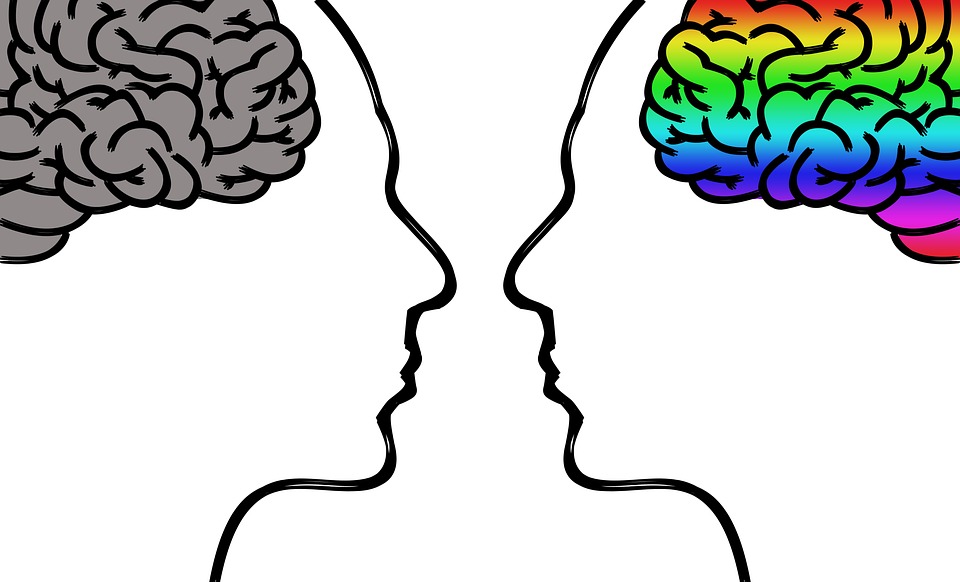Toothache: Causes, Treatments, and Prevention
Toothache refers to pain in the tooth or its structures. It may interfere with eating, sleeping, and other everyday activities if severe.
Common causes include pulp inflammation, tooth decay, dental trauma, etc. Other causes include dentin hypersensitivity, apical periodontitis (inflammation of ligaments and alveolar bone), dental abscess (pus collection), alveolar osteitis (a possible complication of tooth extraction), acute necrotizing ulcerative gingivitis (gum infection), temporomandibular disorders, etc.
Pulpitis is reversible when the pain is mild to moderate and persistent after a stimulus (eg cold); Pain is intense, spontaneous, and lasts a long time after a stimulus. If untreated, pulpitis can become irreversible, followed by necrosis and apical periodontitis. Abscesses usually cause pain in the groin. An apical abscess usually occurs after pulp necrosis. And periodontal abscesses are usually complications of chronic periodontitis (gum disease). It is uncommon for toothaches to result from non-dental reasons, such as angina pectoris or maxillary sinusitis, which can induce pain in the lower or upper teeth, respectively. Obtaining the appropriate diagnosis might occasionally be difficult as well.

Reasons:
The various causes of toothache are discussed below.
1. Odontogenic
2. periodontium
3. Non-odontogenic
4. Maxillary sinusitis
5. Periodontal ligament
Dental and non-dental problems:
- pulp
- Pulpitis
- Tooth Sensitivity
- periodontal
- Apical periodontitis
- Food impaction
- Periodontal abscess
- Acute necrotizing ulcerative gingivitis
- Pericoronitis
- Occlusal trauma
- Alveolar osteitis
- Combined pulpal-periodontal
- Dental trauma and cracked tooth syndrome
- Periodontic-endodontic lesions
Toothache Non-dental causes:
- Pathophysiology
Diagnosis:
Diagnosing toothaches can be challenging, not only because the list of possible causes is extensive, but also because toothaches can be highly variable. The pain can range from here to there and from there to here. Toothache can virtually mimic any oral pain syndrome. However, the majority of toothaches are dental, rather than non-dental problems. should In all cases of orofacial pain, the tooth must be considered as the source. Until proven otherwise. The following steps are often taken to diagnose a toothache: history, examination, and investigation. After combining all of this data, an effort is made to construct a clinical picture, and as a result, a differential diagnosis is formed.
Symptoms:
Chief complaints and the onset of complaints are usually important in diagnosing toothache. The main distinction between irreversible and reversible pulpitis, for instance, is in the history of the condition, which includes chronic pain that follows later spontaneous pain and pain and tension that follows a stimulus. For recent fillings, other dental procedures, and tooth trauma, the history is especially crucial. Critical markers of the illness include localization of pain (pain is assumed to originate in a single tooth), heat sensitivity, discomfort when biting, abrupt pain, etc. Dentin hypersensitivity, periodontitis, and pulpitis are the most prevalent causes of toothaches. Socrates’ approach to explaining pain (see table) is one way to define orally several forms of dental pain, such as the pain felt during biting and chewing, the effect of heat stimulation, and the influence of pain on sleep.
It is possible to identify non-dental, perceptible, periodontal, or a mix of the two from history. Periodic discomfort usually starts quickly when you bite your teeth and gets worse with bleeding and agony when you brush it. A toothache can involve multiple factors. For example, a pulpal abscess (which is usually acute, spontaneous, and localized) can lead to periapical periodontitis (which causes pain when biting). Cracked tooth syndrome can also cause a combination of symptoms. Lateral periodontitis (which usually has no heat sensitivity and is sensitive to biting) may result in pulpitis and the tooth may become sensitive to cold.

Toothache Other symptoms:
Non-dental sources of pain often affect multiple teeth and have a focus that is above or below the jaws. For example, cardiac pain (which can hurt the lower teeth) usually radiates from the chest and neck, and sinusitis is worse when leaning forward or backward. All of these conditions can mimic toothaches, so many times the dentist may end up with unnecessary fillings, root canal treatments, or tooth extractions in an attempt to relieve toothaches, resulting in delays in proper diagnosis. A hallmark is a toothache that has no obvious cause and symptoms may be present elsewhere in the body. Migraines are usually easier to diagnose because they have been present for many years. Often the character of the pain lies in the differential diagnosis between dental and non-dental pain.
Irreversible pulpitis causes excruciating agony that is followed by a time of no discomfort before progressing to pulsatile necrosis when the nerves are non-functional. However, irreversible pulpitis progresses to apical periodontitis with acute apical abscess without treatment. As irreversible pulpitis produces an apical abscess, the character of the toothache may change easily with no pain-free period. For example, the pain becomes localized, and biting the teeth becomes painful. Hot drinks make teeth worse because they expand gases and likewise cold feels better, so some people sip cold water.
Toothache test:
Clinical examination narrows the source to a specific tooth, a few teeth, or a non-dental cause. Clinical examination differentiates from outside to inside and general to specific. Palpation is a useful technique for evaluating pain in the temporomandibular joints, face, neck muscles, sinuses, and lymph nodes beyond the mouth. Examining the soft tissue in the mouth involves checking for abnormalities or redness in the tongue, throat, gums, and mucous membranes. The teeth are finally checked. A dental explorer (the rod that clinicians often use to examine teeth), a periodontal probe, and palpation or movement are used to screen for periodontitis and cavities in every potentially bothersome tooth.
Sometimes the symptoms mentioned in the history of the disease are misleading and direct the examiner to the wrong place in the face. For example, sometimes people may mistake upper tooth pain for pulpitis and vice versa for lower teeth. In other situations, apparent test results can be misleading and lead to misdiagnosis and wrong treatment. Pus from a pericoronal abscess may drain through the submucosal plane through the root of the tooth as a paruli. Another example is root decay in teeth that are hidden beneath the gums, appearing as normal teeth unless a periodontal examination is performed.
Signs of infection include movement of fluid in the tissues on palpation, swollen glands in the neck, and fever with an oral temperature above 37.7°C.
Resistance:
The majority of dental caries instances, as well as plaque-related illnesses like periodontal disease, are preventable with a cariogenic diet and appropriate oral hygiene practices. Reducing daily sugar intake brushing with fluoride toothpaste twice a day and keeping the interdental space clean. Visiting the dentist regularly to detect problems before toothaches start, or to address problems to prevent toothaches. Using mouthguards during competitive sports can also greatly prevent dental injuries.
If you learn more about Toothache visit the website






